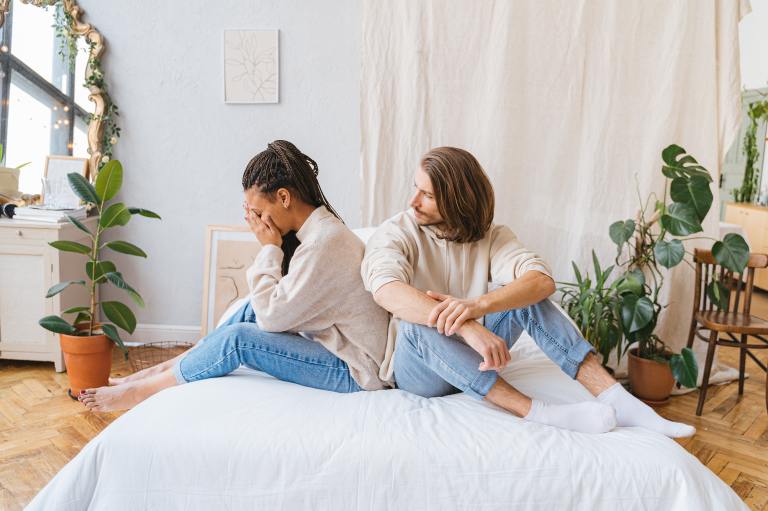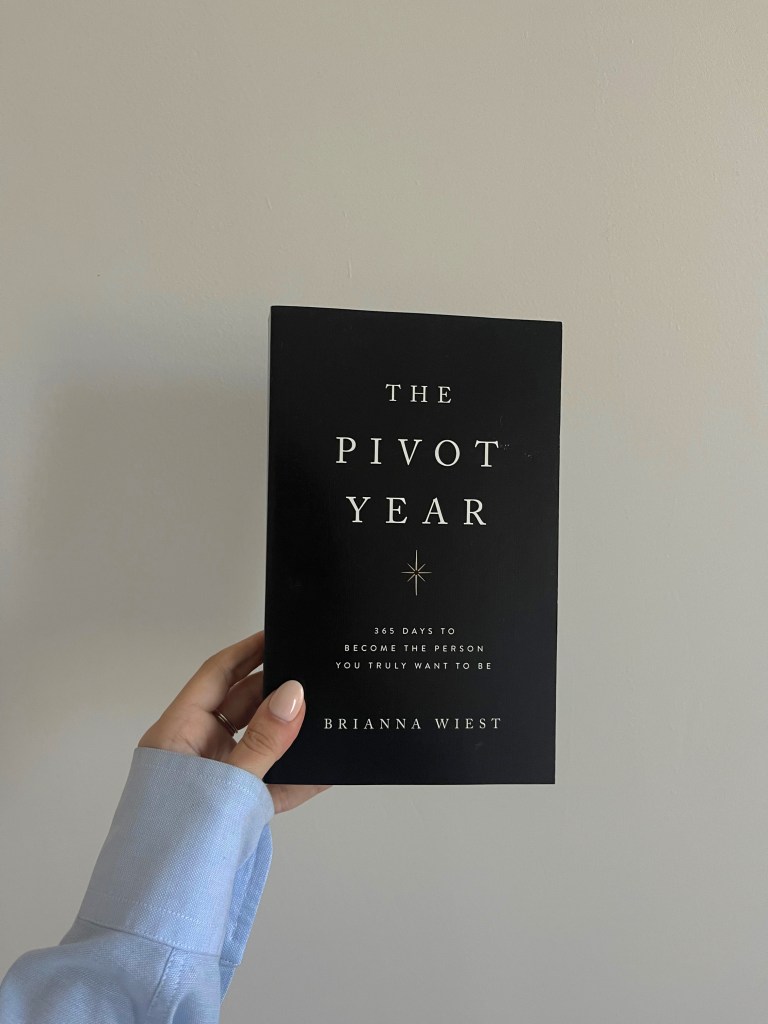Anxiety Won’t Feel As Mind-Numbingly Terrifying When You Do These 3 Things
I’m so caught up in my head with worries that I’m not present, I’m not there for people who matter most.

I’ve struggled with anxiety throughout my life, yet for the most part, I didn’t even know it. Difficult upbringing coupled with my sensitive personality meant that I became an anxious kid. And I know I’m not alone.
Anxiety can show up on many levels: physically, emotionally, and mentally. For me, it shows up as self-criticism, perfectionism, restless energy, being overly controlling.
I get easily stressed and overwhelmed. I’m unable to relax, sleep, and focus. I’m so caught up in my head with worries that I’m not present, I’m not there for people who matter most.
My chest is tight, my arms and legs are tingly, headaches and backaches show up unannounced.
And then I reject how it feels, but my resistance only makes things worse. Fear feeds on itself. I feel broken, I feel shame, and I feel so disconnected from others.
Depression kicks in. I get stuck.
Anxiety is often embedded deep into the subconscious, especially if there is a history of childhood trauma or neglect. Past events and experiences are stored in the body. Thinking patterns and defense mechanisms become habitual and we carry them throughout our adult life, unaware of their negative consequences.
These are all hard things to deal with. But we must, if we ever want to be free of the grip of anxiety.
1. Practice mindfulness.
The first step in calming anxiety is becoming aware of its grip on us, as it’s happening. Anxiety moves us out of the present moment and into our habitual reacting to the perceived threat.
It overwhelms our brain and blocks us from seeing things clearly, entangling us in ceaseless fears and worries. In order to break the cycle, we need to bring it to light.
We have to begin with self-awareness by tuning into the present moment. With our breath as an anchor, we notice how our body is reacting in the moment.
Tracking our sensations and bodily reactions, we slowly get out of our head and embody our current experience. We notice where in our body pain and anxiety are stored, where we might feel frozen, afraid, on fire.
If we’re able to stay present and open, we are now able to slowly calm the physical part of anxiety. This in turn, slows us down mentally, allowing us to calm down the racing thoughts and emotional reactions.
Now we can start to pay attention to our internal dialog in order to reframe our experience and learn new ways of responding in challenging situations.
We have to be willing to observe our negative thoughts and emotions with openness and clarity. We can then look at what triggered us and why. We can dissect our reactions to figure out better ways of responding. We can learn new ways of coping.
If we’re aware of our habitual reactions and what triggers them, we can better manage our response, learn to cope, and calm ourselves in the moments that push our sore spots.
2. Practice self-compassion.
According to Kristin Neff, self-compassion is “being warm and understanding toward ourselves when we suffer, fail, or feel inadequate, rather than ignoring our pain or flagellating ourselves with self-criticism.”
No positive change can happen in the atmosphere of criticism and self-abuse. Instead of harsh criticism, you must offer yourself self-compassion. Compassion for your struggles, for your pain, and isolation.
Understand, you are not alone in this. We all struggle, in one way or another. You are not weak or defective. You are human, and all humans suffer.
This is not about excusing your behavior or bathing yourself in self-pity. It’s about giving yourself love and support so you can do better, be stronger, so you can rise above your past pain and better handle struggles ahead.
3. Write to heal.
Anxiety is stored in the body. In order to release it, we have to move that energy through and out. As Della Hicks-Wilson tells us, we have to “let the truth exist somewhere other than inside your body.” What better place for your worries than a journal?
When we write, we give our internal world a voice. We slow down and clear our head, and gradually deepen our understanding of ourselves.
We are then able to process and makes sense of what’s happening with us and around us. We gain a new perspective, discover new choices, develop new mindset.
Writing is an act of courage. You show up for yourself, expose your vulnerabilities, bringing the ugly parts into the light to look at it up close.
But the act of writing is liberating. It gives us permission to release. By putting our fears and hurts down on paper, we can let them go without judgment or worry.
Our journal becomes a safe space for us to free ourselves, get unstuck, move forward. When we write we release, and when we release we heal.
When done mindfully, writing allows us to step back and gain a new perspective, rewiring our brain over time. We don’t get entangled in our narrative, hijacked by our patterns and negativity. We can safely process our experience, integrate and heal it, all while staying present and kind to ourselves.
We have a deep capacity to heal and grow, but we can only do with enough self-awareness, a healthy dose of self-compassion, and an empowering belief that we are inherently good. ![]()





